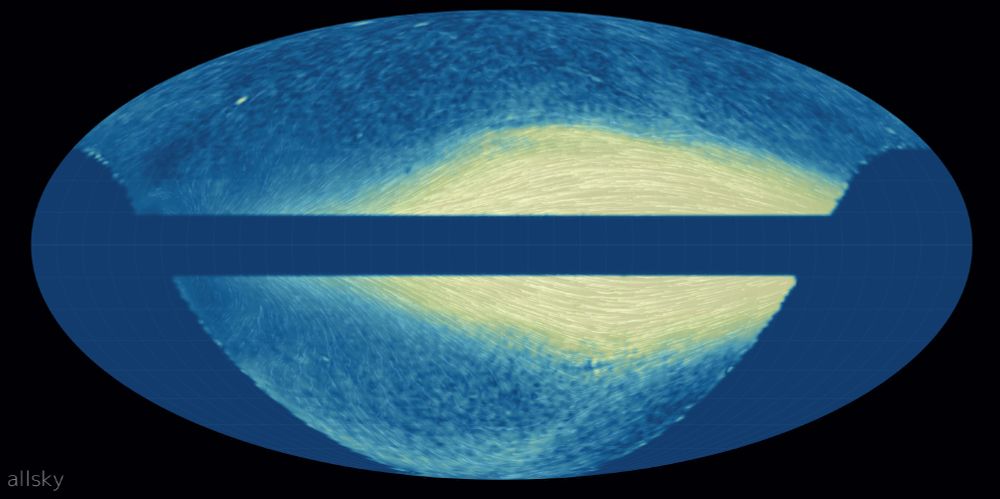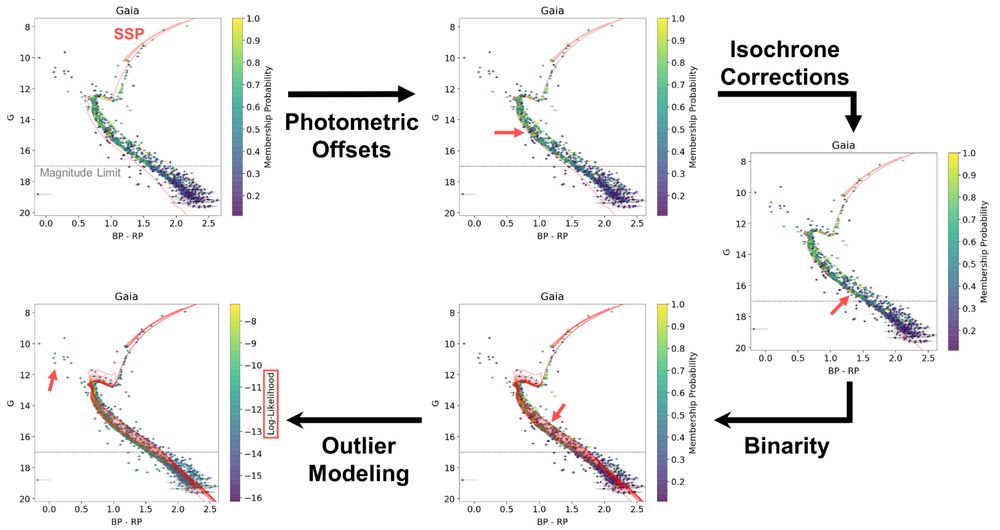ees2023.sciencesconf.org
Ecole Evry Schatzman 2023, La physique stellaire avec Gaia - Sciencesconf.org
A science-oriented feed about stars! Part of the Astronomy feeds network. Astronomers can sign up to post here via @bot.astronomy.blue Contains posts from signed up users with #stellarastrononomy or #stellarastro. Posts here are also included in the main Astronomy feed.
Feed on Blueskyees2023.sciencesconf.org
Ecole Evry Schatzman 2023, La physique stellaire avec Gaia - Sciencesconf.org

arxiv.org
Stellar Physics Across the HR Diagram with Gaia
Gaia Data Release 3 (GDR3) contains a wealth of information to advance our knowledge of stellar physics. In these lecture notes we introduce the data products from GDR3 that can be exploited by the st...
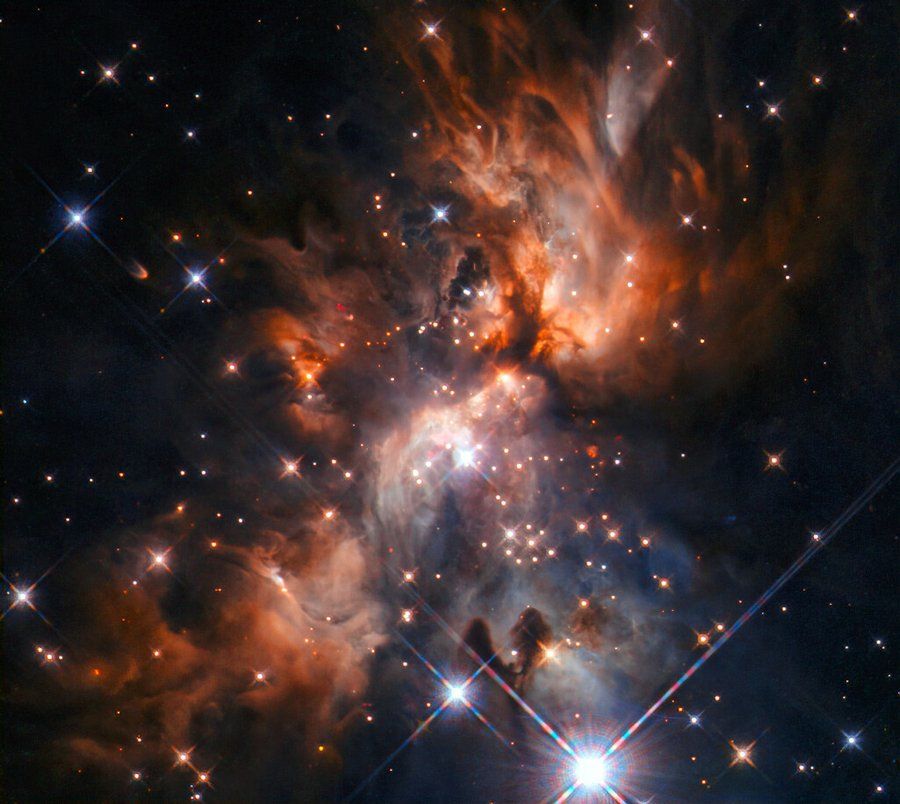
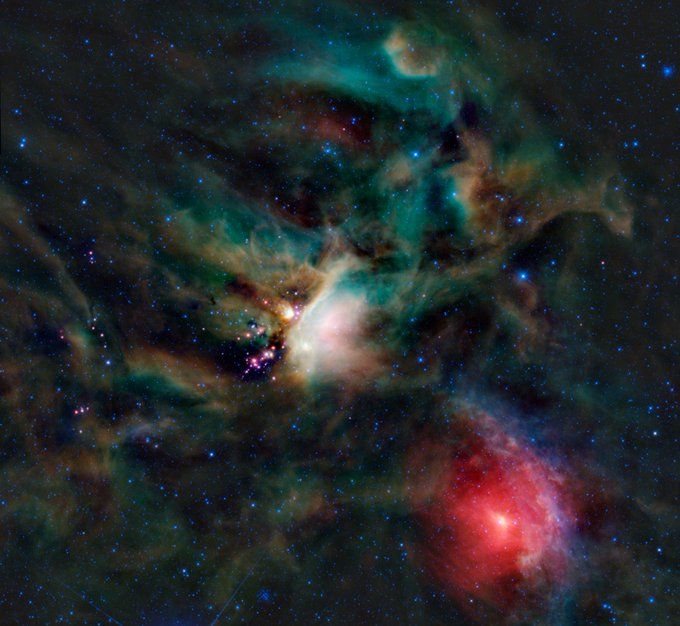
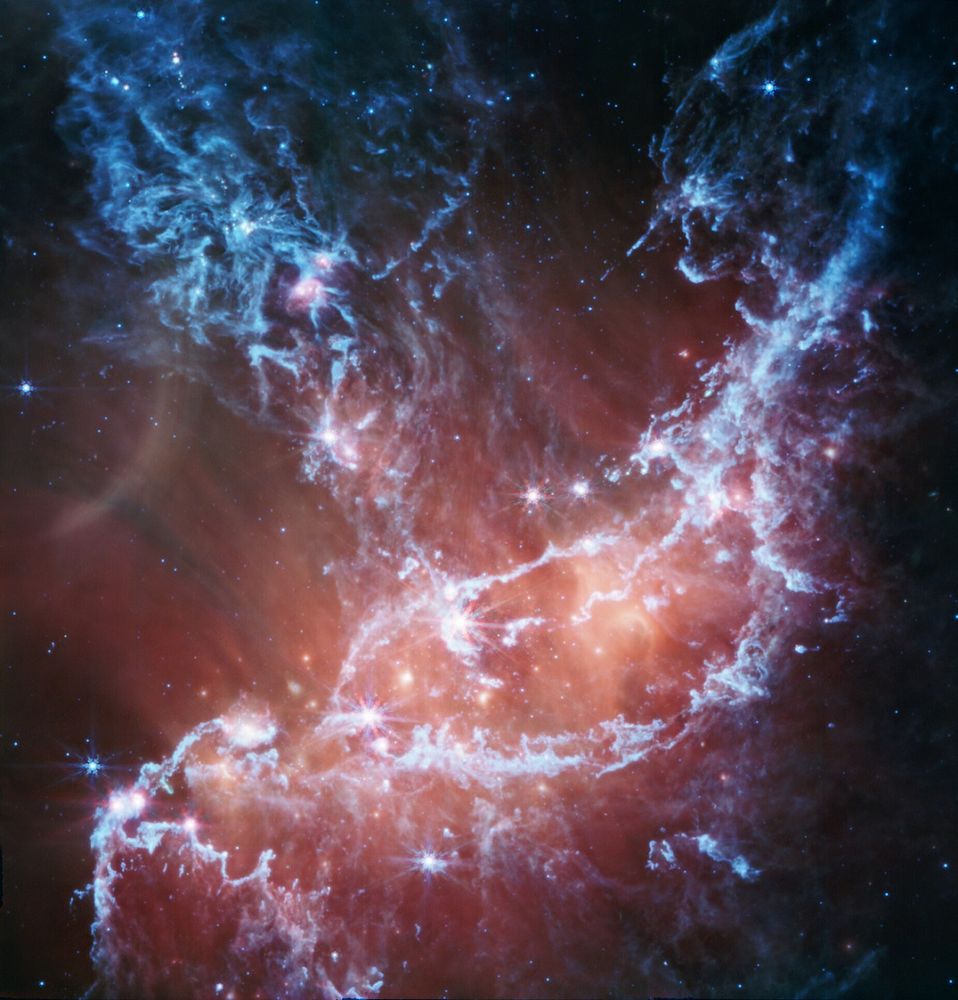
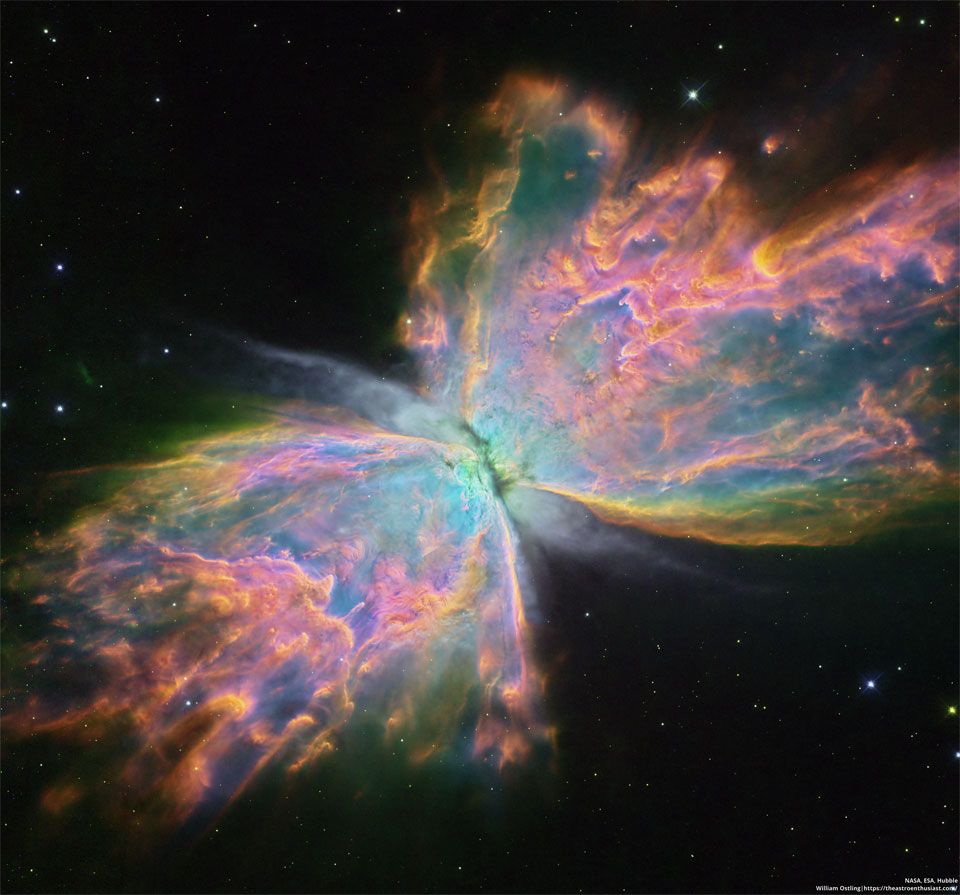
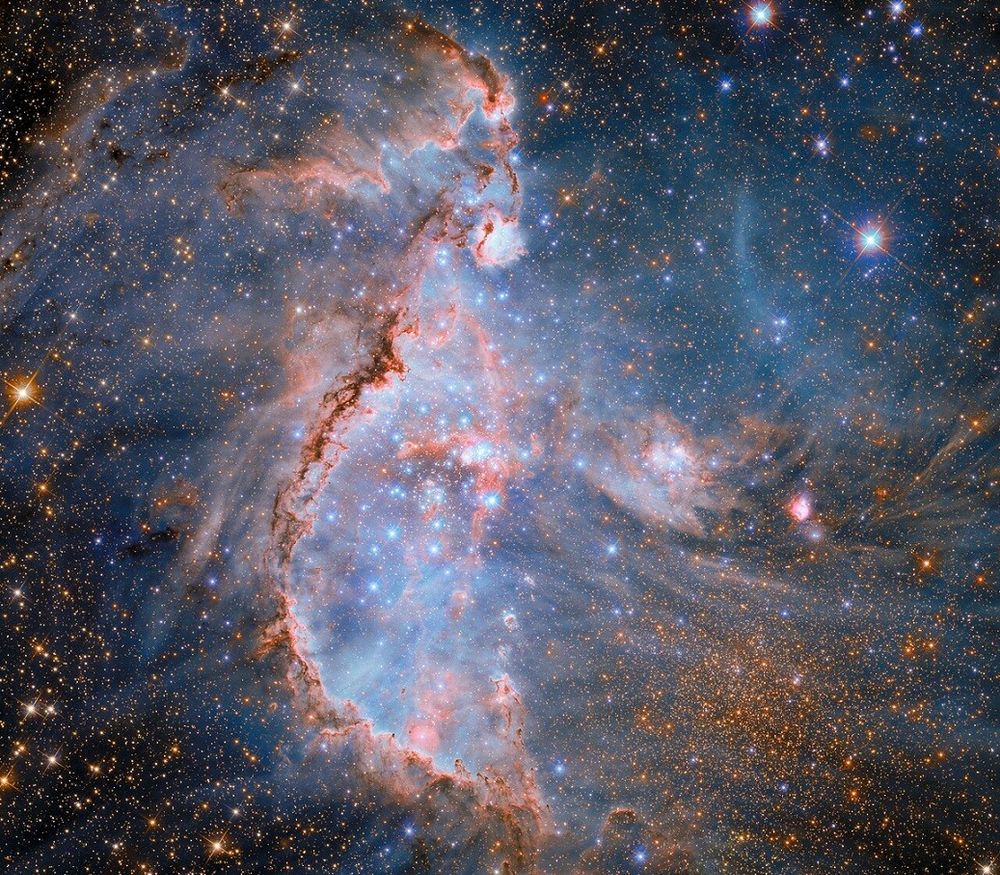

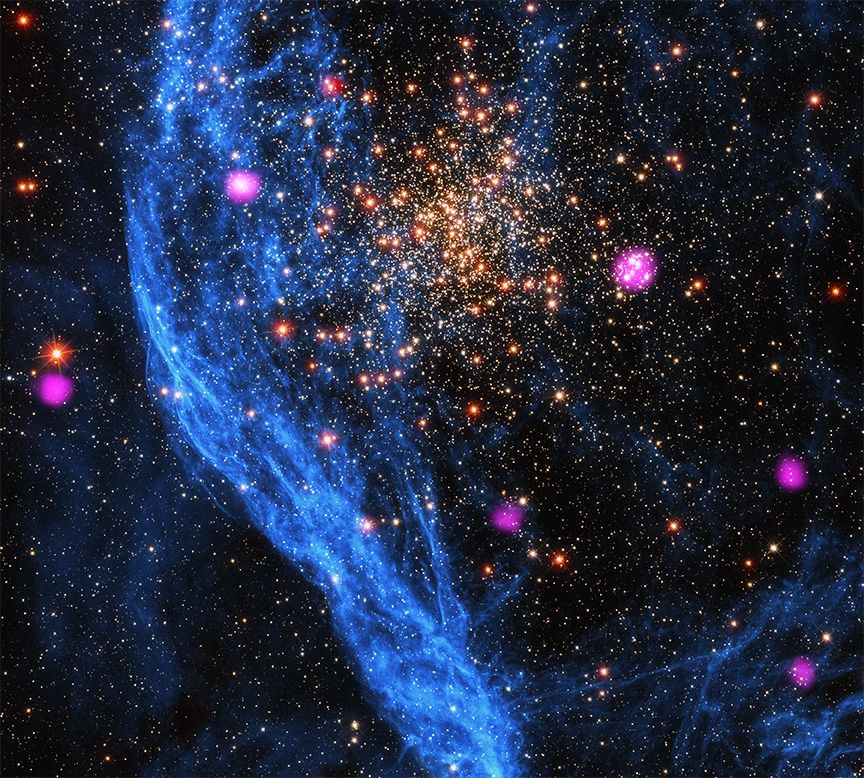
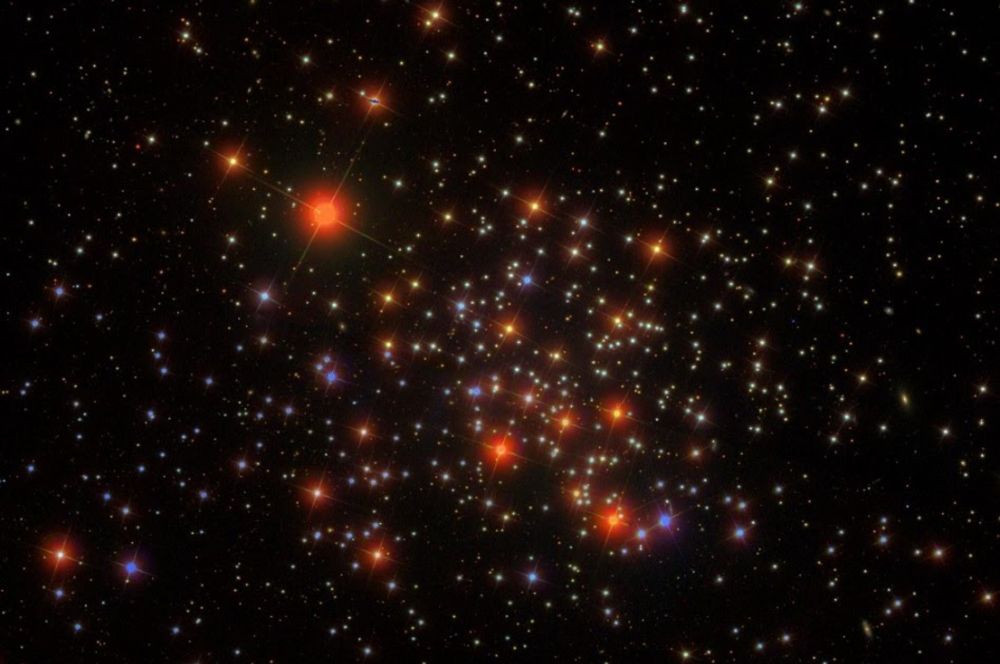
www.tutto-scienze.org
M67 Stars Sing The Past And The Future: New Discoveries About The Red Giants
A recent study explores how the acoustic vibrations of stars in the open cluster M67, located 2,700 ly from Earth in the Milky Way, can reve...
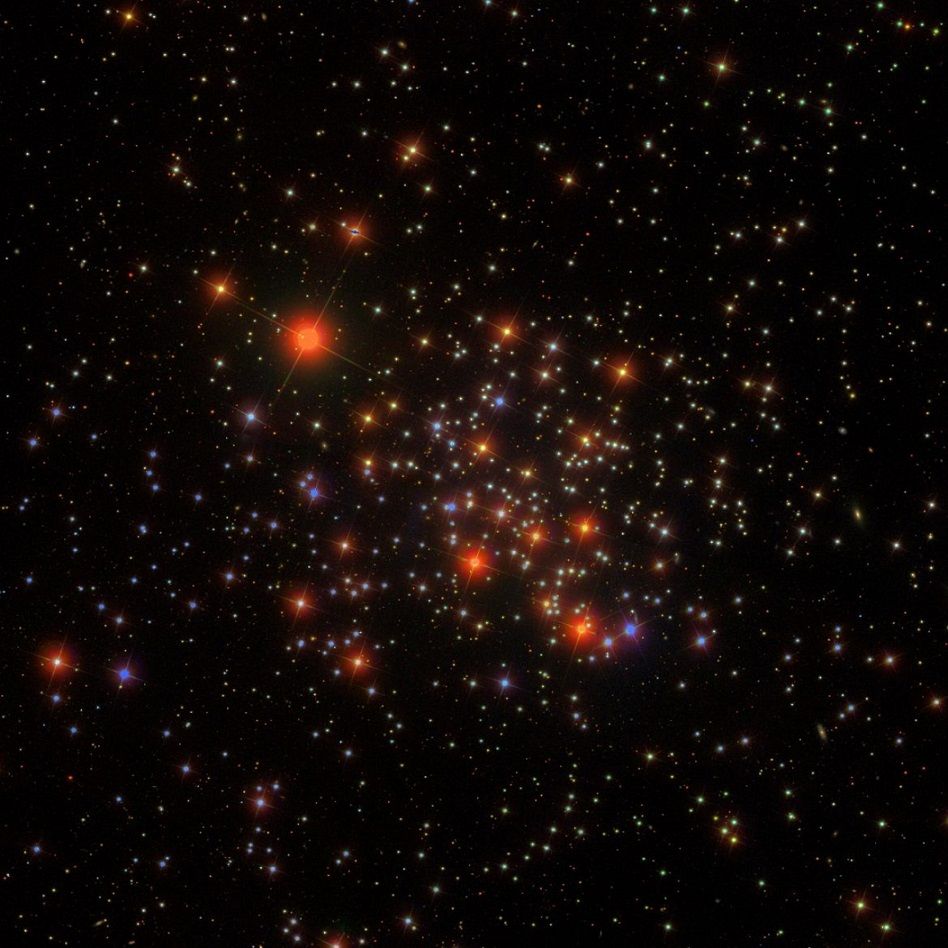
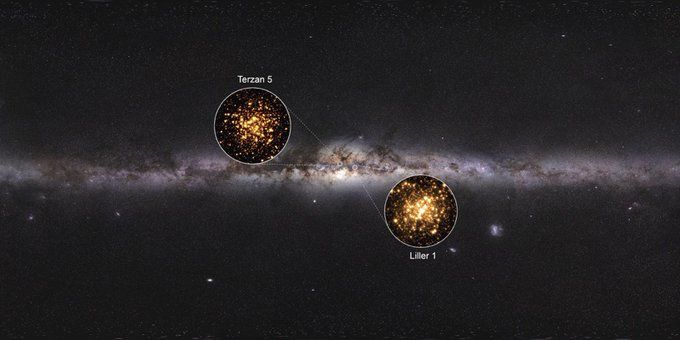

arxiv.org
Beyond the Main Sequence: Binary Evolution Pathways to Blue Stragglers in the Gaia Era I. Galactic Open and Globular Clusters
Context. The study of blue straggler stars (BSS) provides insight into the mechanisms of stellar mass exchange during binary stellar evolution and the complex gravitational interactions within dense s...
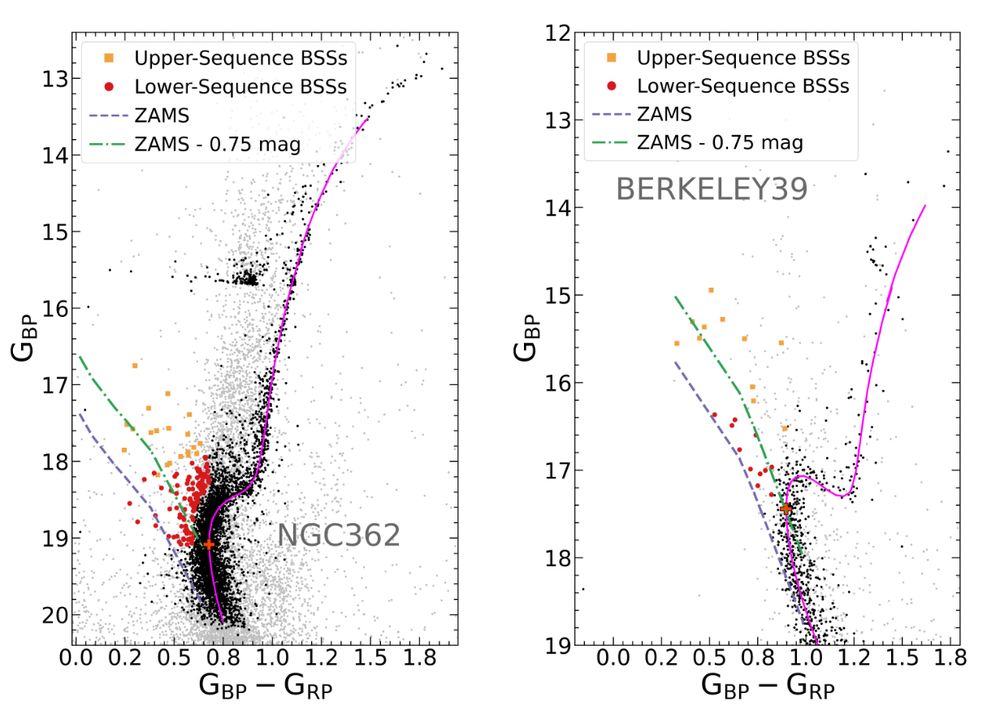
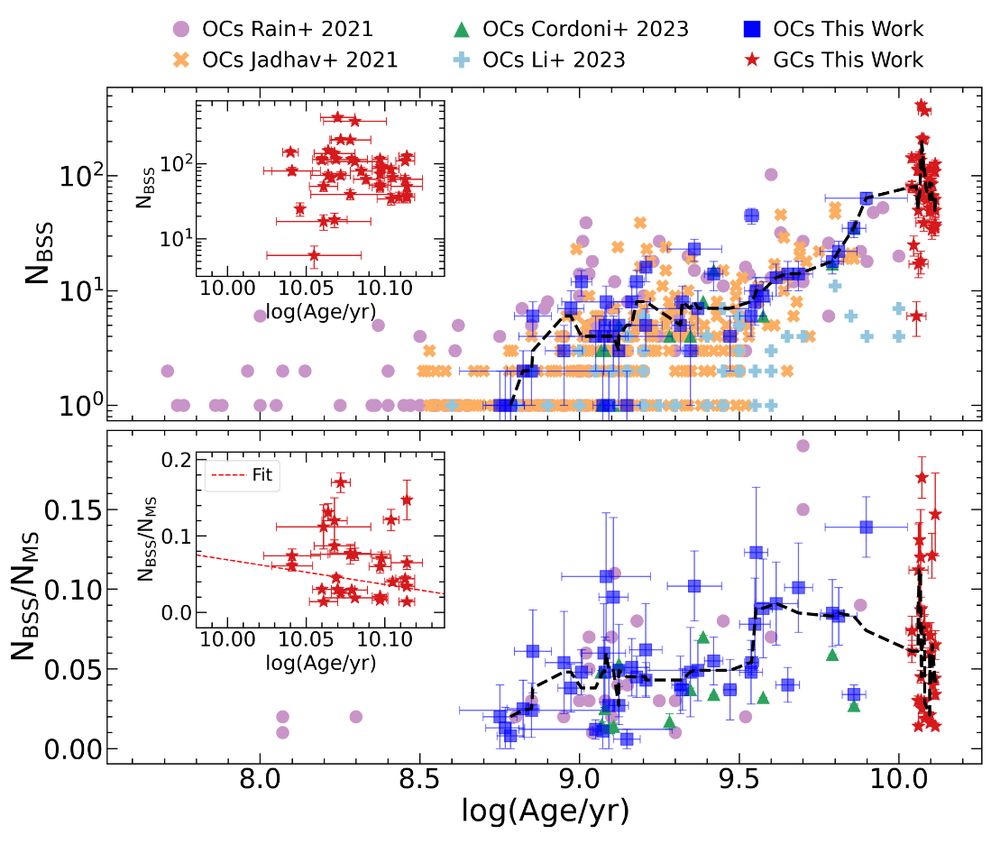
Today we say goodbye to ESA’s Milky Way-mapper Gaia! The Gaia spacecraft has completed its sky-scanning and will be switched off this morning.
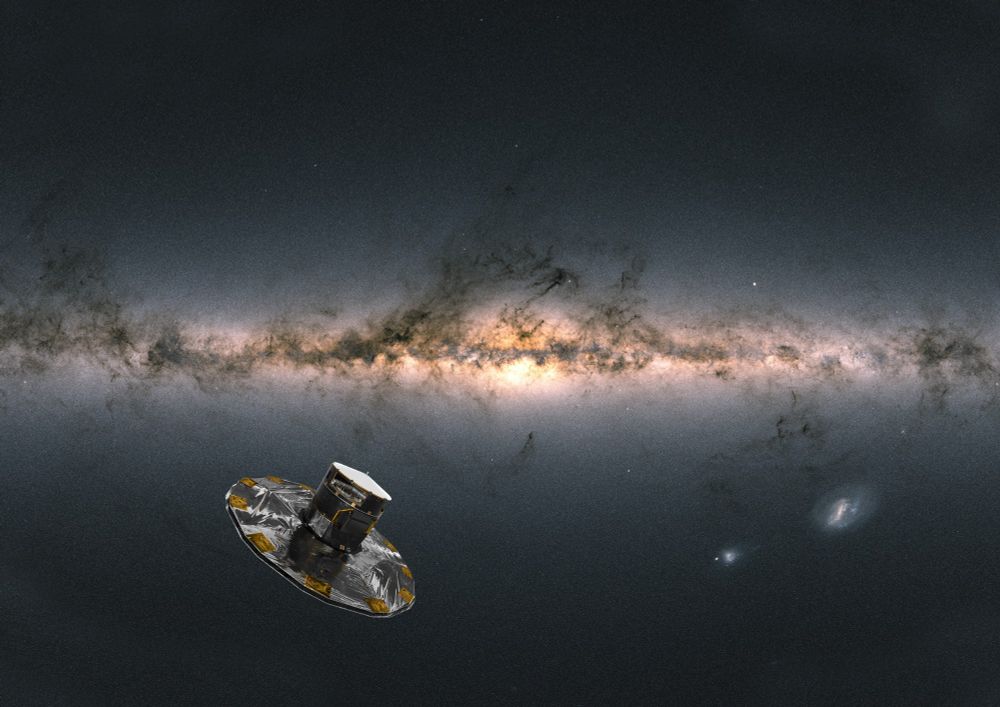

arxiv.org
10 Years of Archival High-Resolution NIR Spectra: The Raw and Reduced IGRINS Spectral Archive (RRISA)
The Immersion GRating INfrared Spectrometer (IGRINS) is a compact, high-resolution (R~45,000) near-infrared spectrograph spanning 1.45 to 2.45 um in a single exposure. We introduce the Raw and Reduced...
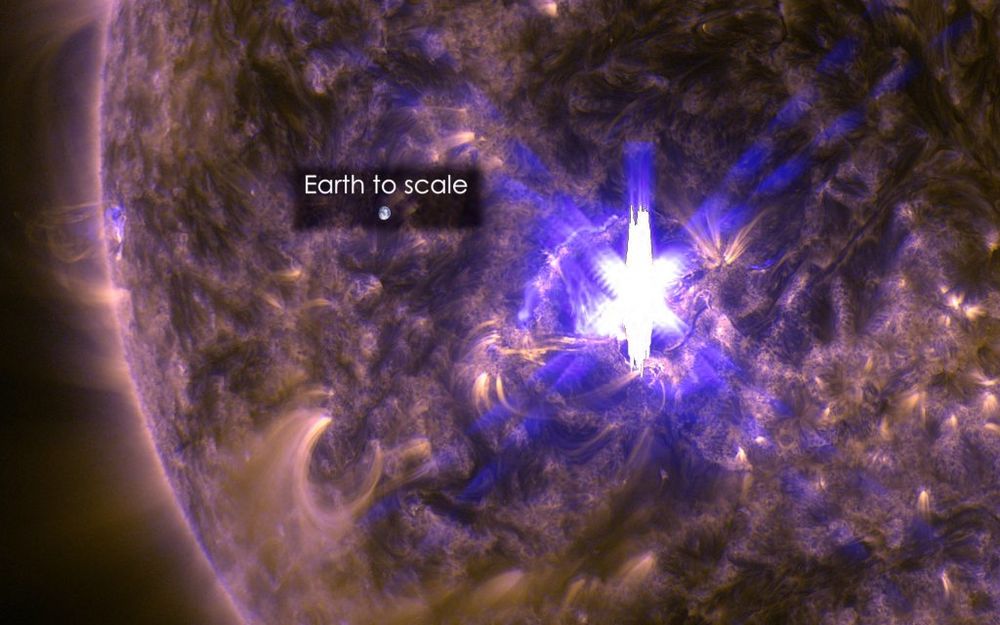
This star & spiral galaxy may appear to be neighbours, but they're actually separated by 45 million light-years. The image of the pair combines data from two instruments on the NASA/ESA #Hubble Space Telescope, taken more than 20 years apart. Read more 👉 esahubble.org/images/potw2... 🔭
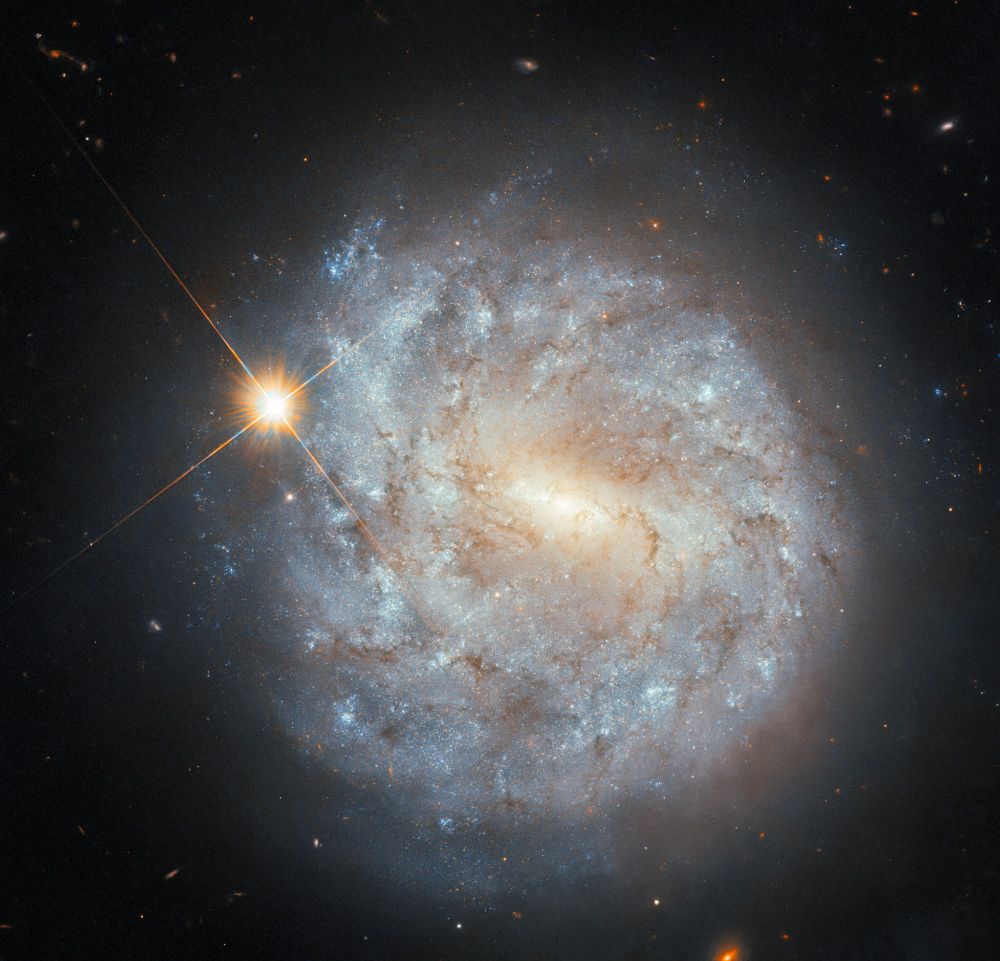
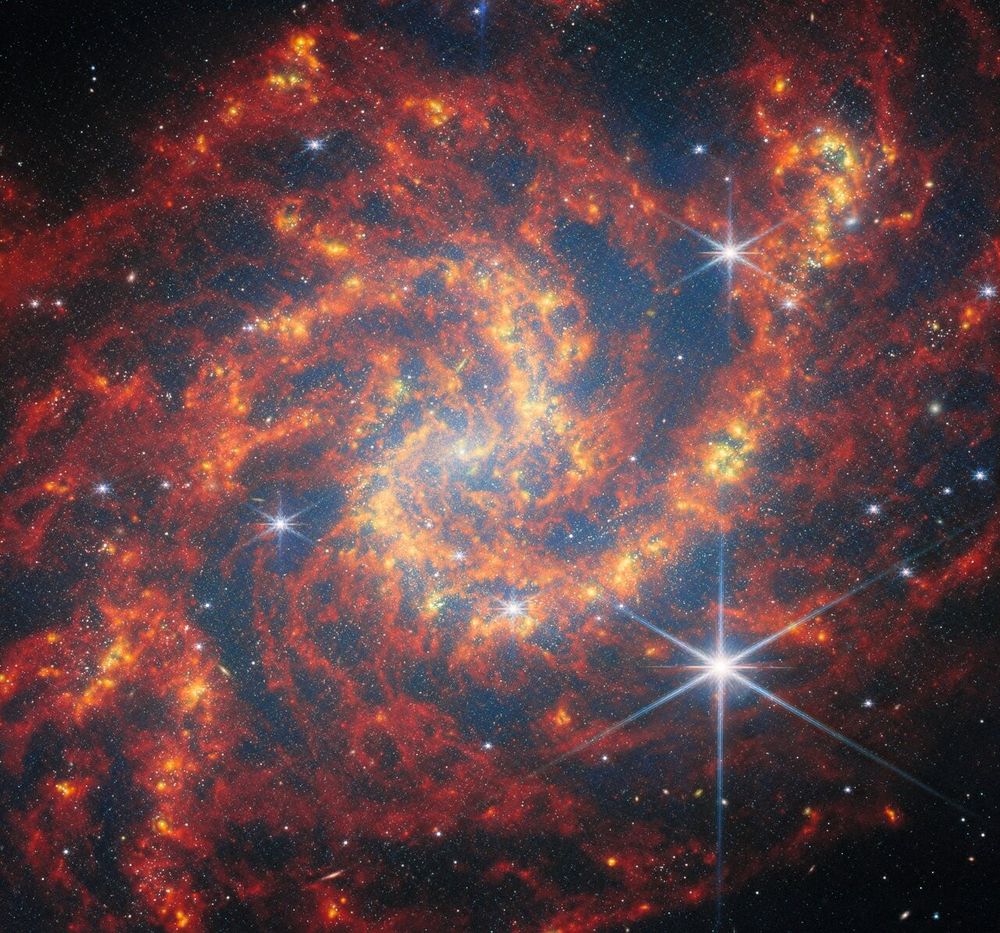
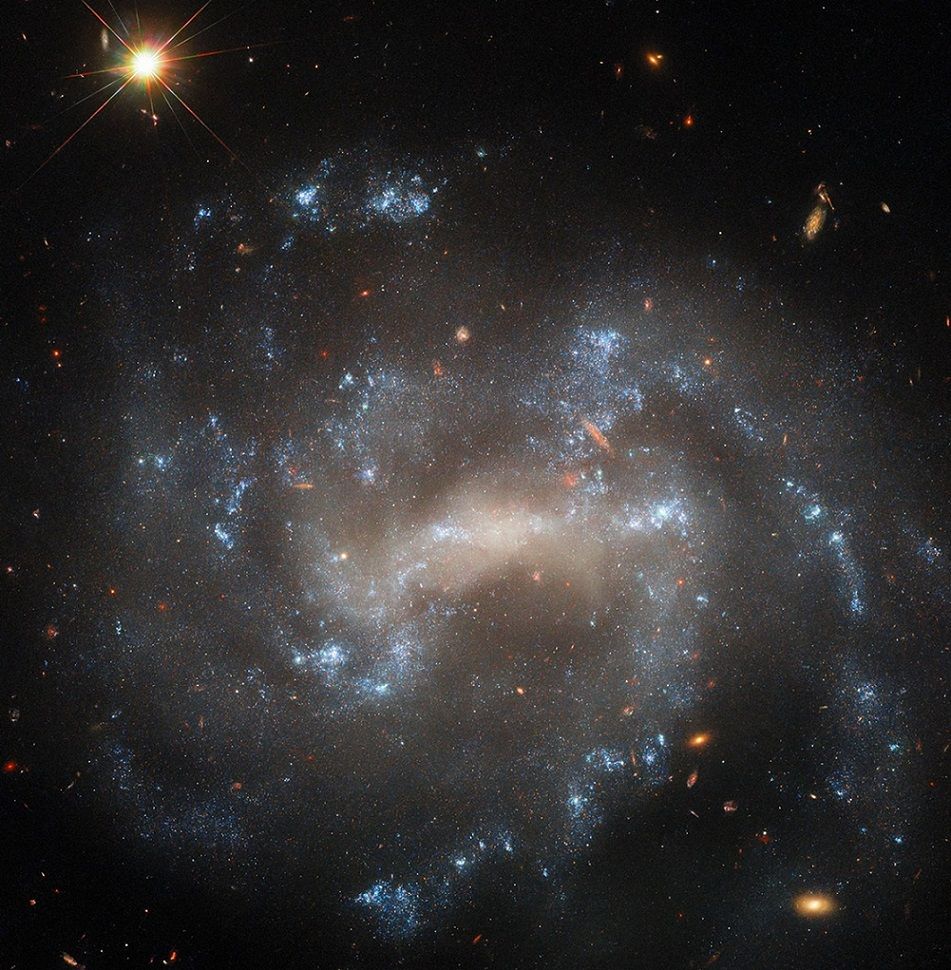
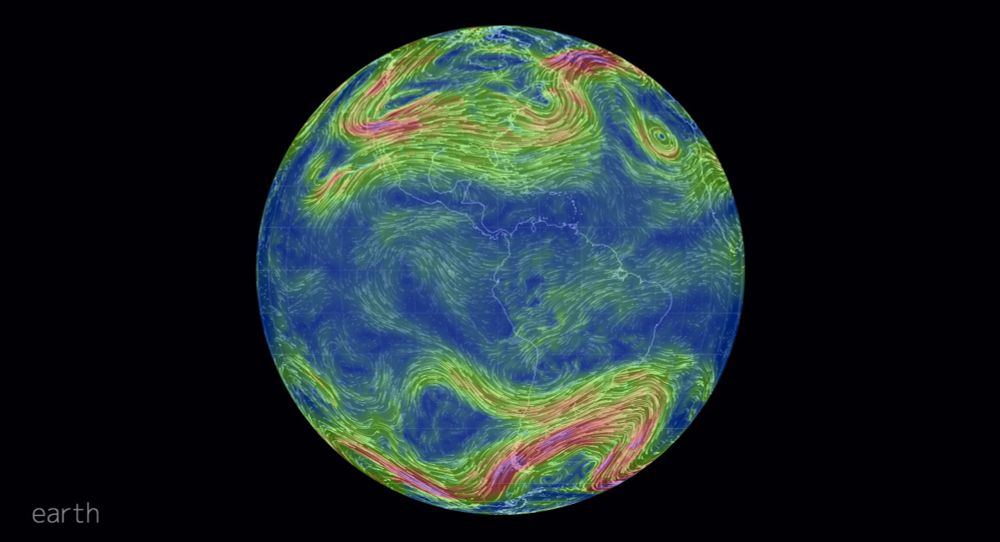
allsky.s3-website.us-east-2.amazonaws.com
allsky
An animated map of Galactic motion.
